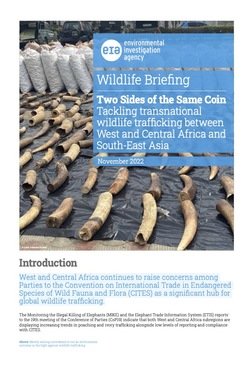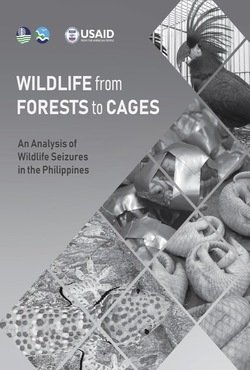By L. Musing
This report investigates the domestic legislation, and policies regarding the keeping and captive breeding of tigers and disposal of their parts in the EU, and the enforcement of these regulations. Six target countries were selected as a focus for this study: Belgium, the Czech Republic, France, Germany, Italy, and the UK, based on preliminary trade data analysis and suspected or known links to the captive tiger population and tiger trade nexus. Between February and July 2020, interviews and consultations were conducted through written questionnaires and video-calls with stakeholders, including the CITES Management and/or Enforcement Authorities of the six target countries, European and national zoo associations, and relevant NGOs. CITES trade data for the period 2013 through 2017 were used to analyse reported legal trade patterns involving tigers to and from the EU, and data for the same time period from two seizures databases: EU-TWIX and TRAFFIC’s Wildlife Trade Information System (WiTIS), were used to assess the EU’s involvement in the illegal trade of tigers and their parts and derivatives.
Cambridge, UK: TRAFFIC, and World Wildlife Fund, 2020. 53p.








